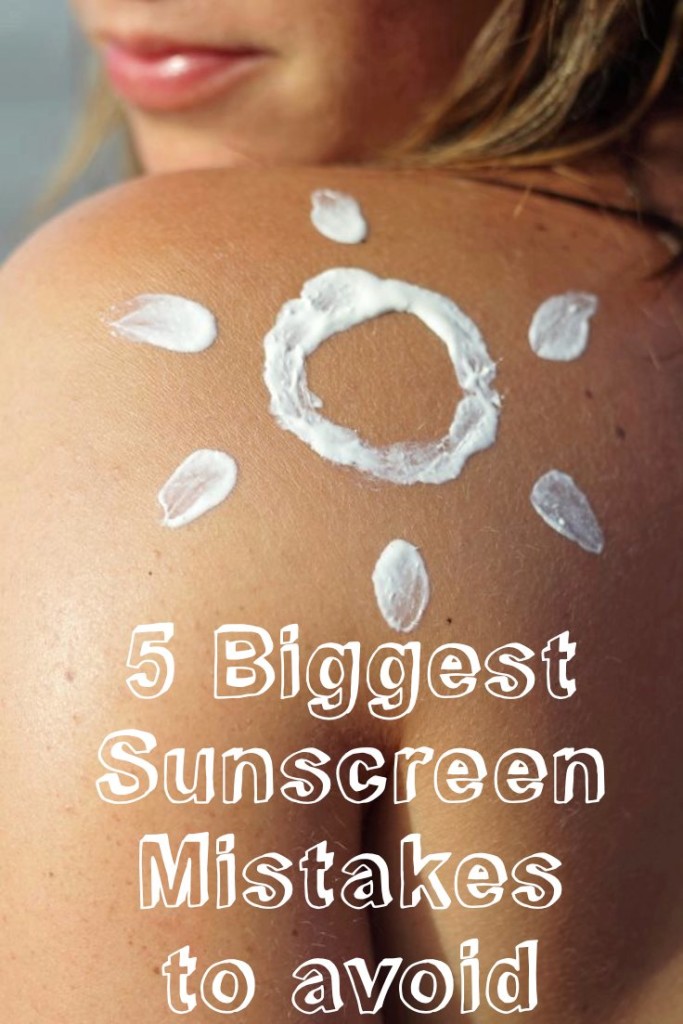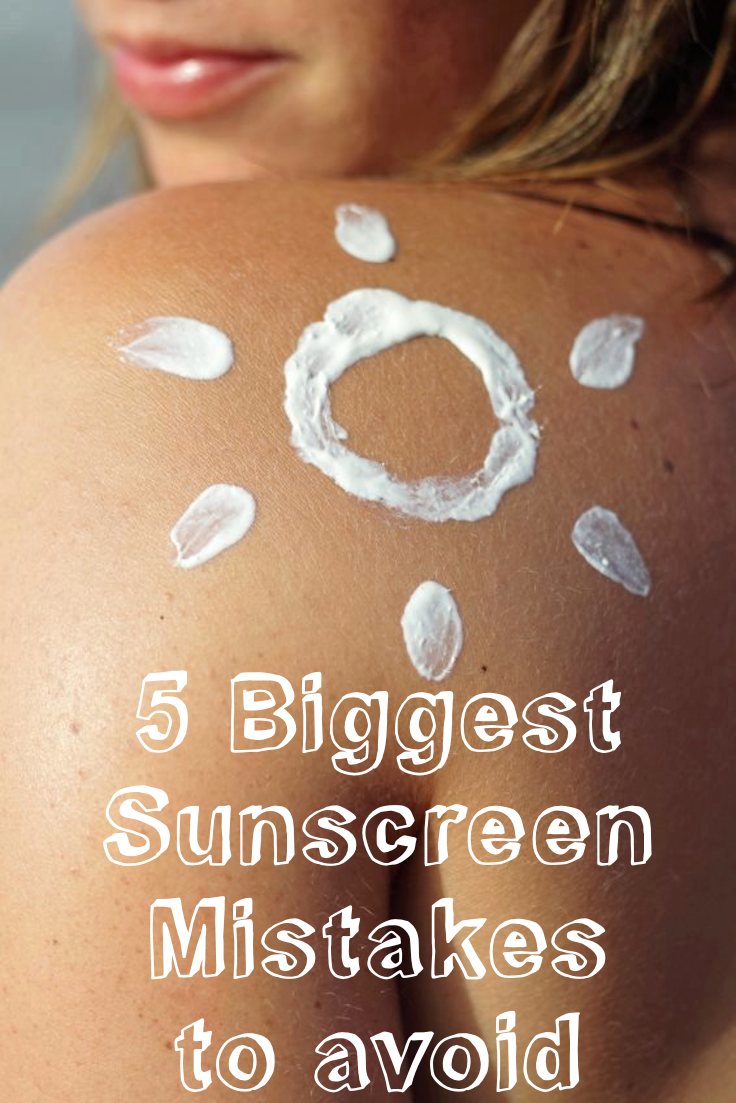Wearing sunscreen is one of the healthiest things you can for your skin. A good sunscreen with broad spectrum UVA/UVB protection can keep you from getting burned, minimize the development of wrinkles, dark spots, and reduces your risk of skin cancer.
But too many people still make common mistakes when it comes to sunscreen — slathering on too little, skipping vulnerable spots, using only makeup w/SPF — that can be costly for your skin.
May is Skin Cancer Awareness month and now that summer is almost upon us, I asked Dr. Rachel Nazarian from Schweiger Dermatology Group to break down the 5 biggest sunscreen slip-ups she sees her patients make with SPF, and how to outsmart them.
Biggest sunscreen mistakes to avoid
Mistake #1: SPF still works if you use a little
In order to get the highest protection that your sunscreen advertises, and achieve that SPF number on the label, you need to apply a nice thick layer. Most people apply too little sunscreen, leaving skin unprotected, and achieving a sun-protection-factor far below the number written on the bottle.
SPF should be applied at approximately 2 milligrams of lotion per square centimeter of skin, or about one ounce for your entire body. That’s roughly the amount in a shot glass. Be generous with your sunscreen and slather it on, otherwise you’ve got nothing but false sense of security.
Mistake #2: Sunscreens are all the same
Sunscreen is divided into two broad categories: Physical and chemical. Physical sunscreens are thought to be superior by some dermatologists in a few ways. Unlike chemical sunscreens, which absorb the sun’s rays and can create free radicals, physical sunscreen protects skin by deflecting the radiation.
Classic physical blocker sunscreens include ingredients such as zinc oxide and titanium dioxide and are a better choice for people with sensitive skin, as they tend to be less irritating than their chemical sunscreen counterparts.
Mistake #3: SPF lasts, so I can throw it on and go
This is a very common misunderstanding–and a dangerous one! The correct way to approach sunscreen is to: Apply early, re-apply appropriately and replace often. Many sunscreens require 15 minutes, some even 30 minutes before they are fully absorbed into the skin. Keep the application of sunscreen early in your daily regimen so by the time you’re heading out, your sun protection is already at work!
You have to REAPPLY sunscreen often to keep the benefits going. At most, sunscreen remains effective for two hours, but if you’re sweating, swimming, or rubbing, you’ll need to reapply even sooner. And finally, remember the shelf-life!
Using expired sunscreen is a common reason for sunburn. Most sunscreens have a shelf-life between two and three years, however, due to its unstable nature, bottles open for longer than one year should be thrown out. Additionally, if the expiration date has been reached, or if the sunscreen was left outside room temperature, it’s less likely to adequately protect you.

Mistake #4: I can mix SPF with anything
Sunscreen is super sensitive, delicate, and unstable. Mixing your sunscreen with lotions, creams, or other skin care products can dilute the active ingredients and reduce the SPF below what the labeling reflects. To wear sunscreen along with other topical makeup, rub sunscreen into the skin until it’s fully absorbed, and then apply makeup or lotions after.
And remember, that makeup and lotion with SPF 15 doesn’t cut it! You need a minimum SPF 30 applied in a nice solid layer. Makeup can be applied afterwards.
Mistake #5: I’m wearing SPF, now I’m safe!
I consider this the BIGGEST mistake people make. Sunscreen is best utilized as a SINGLE part of your sun-safety habits, along with other protective behaviors. Many people mistakenly assume sunscreen affords them the ability to sit endlessly in the sun. Sunscreen is not impenetrable, and its protection, although valuable, has limits.
Efforts should always be made to seek shade, avoid sun during peak hours, and to wear photoprotective clothing. It should never be used as an opportunity to tan or sunbathe. THERE IS NO SUCH THING AS A SAFE TAN. Every tan is a sign of damage to the skin. If you’re wearing sunscreen, and you’re still getting tan, you’re not being safe enough.




[…] Tidbits shared this article, The 5 Biggest Sunscreen Mistake to Avoid and it has a lot of great points, but I’ve highlighted the main facts below in case you don’t […]